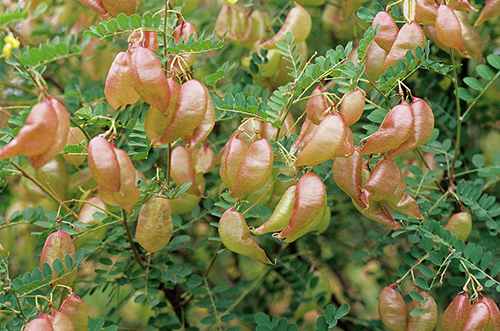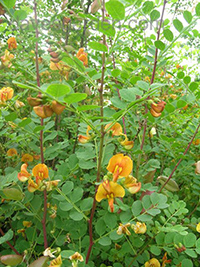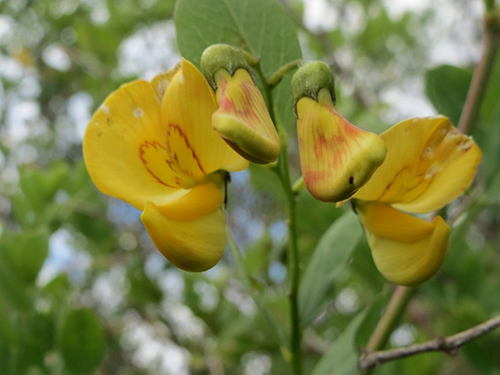Contents
When the wind blows, the pods of the bladder senna plant move and clink, producing a metallic sound that is believed to frighten wolves. Great botanists of ancient times forgot this plant, which does not encourage its use because of its disgusting smell and bitter flavor. Today, it is still seldom used despite having some usefulness as a mild laxative.

Healing Properties and Warning
Its leaves contain essential oil, coluteic acid, mineral salts, and vitamins. They have laxative and mildly diuretic properties, and they are sometimes employed as a substitute for tinnevelly senna. The laxative property of bladder senna leaves is mild and less intense than that of some other laxative plants. However, they have diuretic and depurative properties, making them recommended for people suffering from constipation and excess uric acid.
WARNING! This plant’s seeds, which grow inside the pods, look like lentils. They are mildly toxic and may cause vomiting.
Bladder Senna Plant Scientific Facts


- Scientific synonym: Colutea aborescens L.
- French: Baguenaudier arborescent.
- Spanish: Espantalobos.
- Environment: It grows in calcareous and mountainous soils in Europe and Western Asia. It has been naturalized to America.
- Description: Shrub of the Leguminosae family, growing from 1 to 3 m high, with yellow, red-spotted flowers and hollow pods in which the seeds grow. The pods are from 6 to 8 cm large.
- Parts of the plant used medicinally: The leaves.
How to use Bladder Senna
- Infuse 100 g of leaves per liter of water, sweeten with honey, and drink three or four cups daily, better before meals.
DISCLAIMER: All content on this website is presented solely for educational and informational objectives. Do not rely on the information provided as a replacement for advice, diagnosis, or treatment from a qualified medical expert. If you are pregnant, nursing, or have any preexisting medical concerns, talk to your doctor before using any herbal or natural medicines.
REFERENCES
- George D. Pamplona-Roger, M.D. “Encyclopedia of Medicinal Plants.” George D. Pamplona-Roger, M.D. Encyclopedia of Medicinal Plants. Ed. Francesc X. Gelabert. vols. 2 San Fernando de Henares: Editorial Safeliz, 2000. 498. Print.[bladder senna plant]
- PharmEasy Blog: https://pharmeasy.in/blog/ayurveda-uses-benefits-side-effects-of-senna/
- Wild Flower Web: http://www.wildflowerweb.co.uk/plant/2138/bladder-senna
